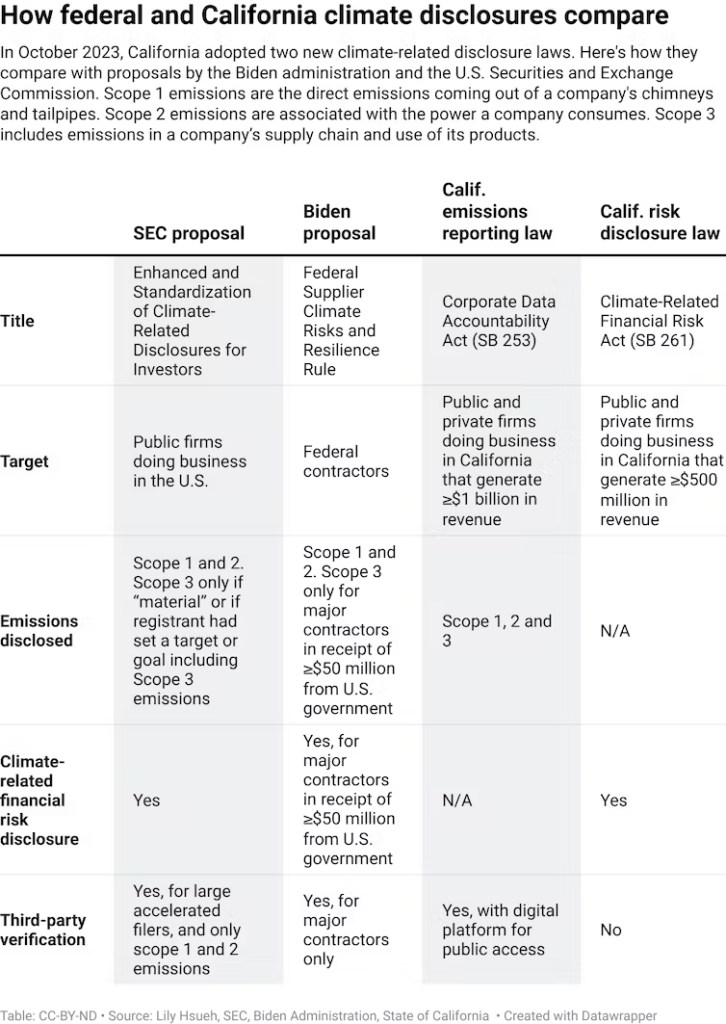Link: https://undark.org/2023/10/05/hospital-emissions-deaths/
Excerpt:
The average energy intensity of U.S. hospitals is more than twice that of European hospitals, with no comparable quality advantage. In recent years, less than 2 percent of hospitals were certified as energy efficient by the U.S. Environmental Protection Agency’s Energy Star program, and only 0.6 percent, or 37 in total, have been certified for 2023. As a result, in 2018, the U.S. health care industry emitted approximately 610 million tons of greenhouse gases, or GHGs — the equivalent of burning 619 billion pounds of coal. This represented 8.5 percent of U.S. GHG emissions that year, and about 25 percent of global health care emissions.
If U.S. health care were its own country, it would rank 11th worldwide in GHG pollution. If every nation produced an equivalent per capita volume of health care emissions, it would immediately consume nearly the entire global carbon budget required to limit global warming to 1.5 degrees Celsius (2.7 degrees Fahrenheit) by 2030. Without even considering their global impact, air pollution from U.S. emissions accounts for an estimated 77,000 excess deaths annually in the U.S. alone. And according to one 2016 study, emissions from the U.S. health care system lead to the loss of more than 400,000 years of healthy life among Americans. This level of harm is commensurate with the tens of thousands of deaths attributable to medical errors each year, around which a massive patient safety movement has been organized in response. But despite these human costs — along with sizable financial costs — there has been no parallel policy movement to address the health care industry’s role in undermining health through its GHG emissions.
Author(s): DAVID INTROCASO & ERIC REINHART
Publication Date: 5 Oct 2023
Publication Site: Undark
